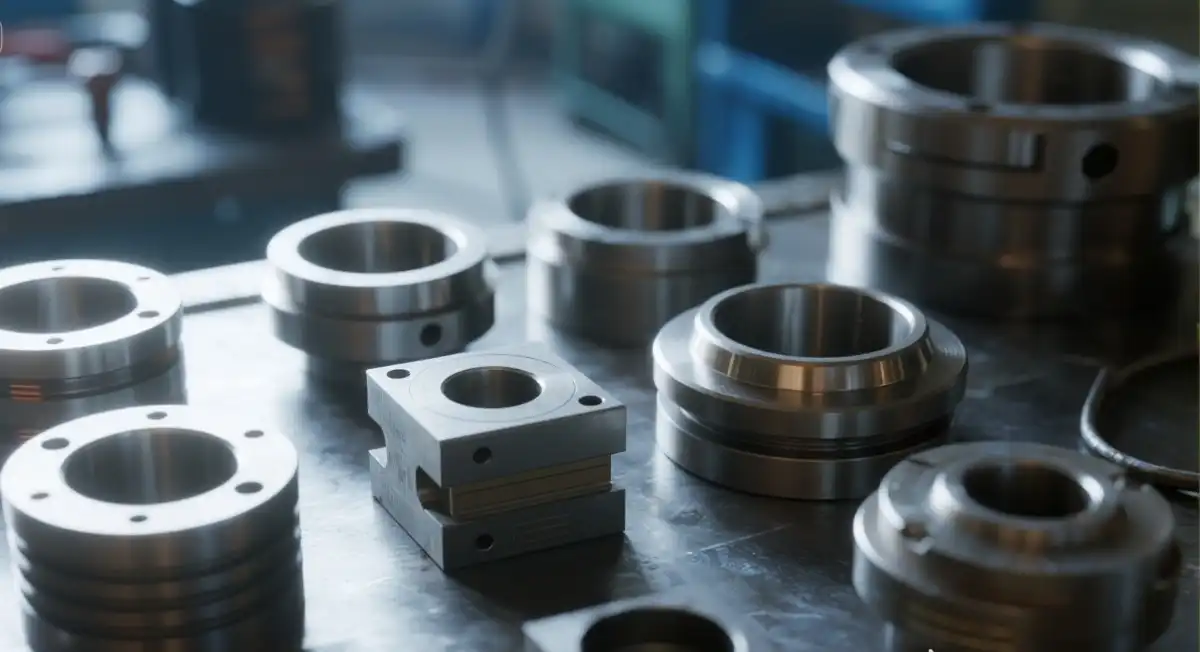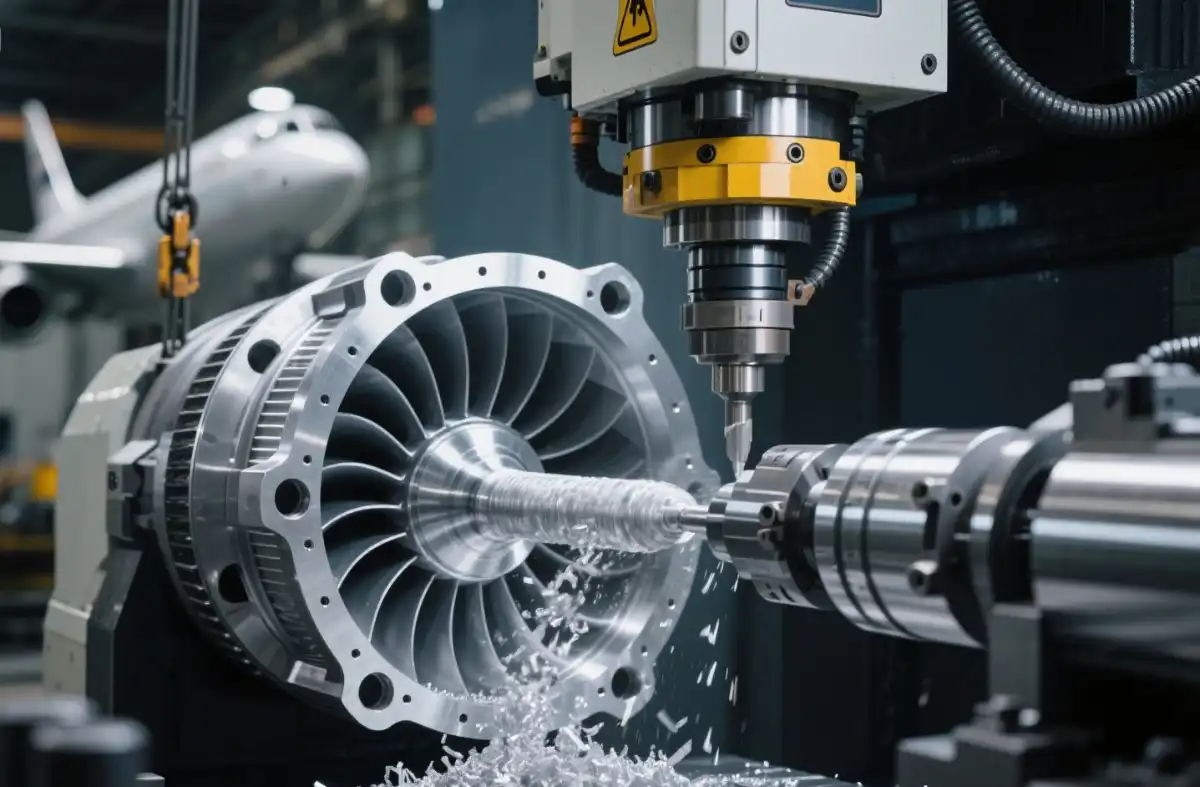The Role of CNC Machining in Custom Sim Racing Parts
CNC machining plays a crucial role in the production of custom sim racing parts, revolutionizing the way enthusiasts experience virtual racing. This advanced manufacturing process allows for the creation of high-precision, durable components that enhance the realism and performance of sim racing setups. By utilizing computer-controlled machinery, CNC machining enables the production of complex geometries and intricate details that were previously challenging to achieve. From steering wheels and pedal sets to shifters and mounting brackets, CNC machining has become an indispensable tool in crafting bespoke sim racing parts that meet the exacting standards of professional and amateur racers alike.
Precision and Customization in Sim Racing Parts Manufacturing
Achieving Unparalleled Accuracy
CNC machining excels in creating sim racing parts with remarkable precision. The computer-controlled nature of the process ensures that each component is manufactured to exact specifications, often with tolerances measured in thousandths of an inch. This level of accuracy is crucial for parts like steering column adapters, where even slight deviations can affect the overall feel and performance of the sim racing setup.
Tailoring Parts to Individual Preferences
One of the greatest advantages of CNC machining in sim racing is the ability to customize parts to suit individual preferences. Racers can specify unique dimensions, ergonomic features, and even aesthetic elements to create a truly personalized racing experience. For instance, CNC-machined pedal faces can be designed with specific textures or patterns to enhance grip and control during intense racing sessions.

Rapid Prototyping and Iteration
The flexibility of CNC machining allows for quick prototyping and iteration of sim racing parts. Designers can swiftly move from concept to physical prototype, test the part, and make necessary adjustments. This iterative process leads to refined designs that optimize both form and function, resulting in superior quality custom sim racing components.
Materials and Durability in CNC-Machined Sim Racing Parts
Selecting Optimal Materials for Performance
CNC machining offers a wide range of material options for sim racing parts, each with unique properties suited to specific applications. High-strength aluminum alloys are popular for their excellent strength-to-weight ratio, making them ideal for parts like wheel hubs and shifter paddles. Stainless steel is often chosen for components that require exceptional durability, such as pedal bases and mounting brackets. Advanced plastics like Delrin (POM) can be used for parts that benefit from low friction and self-lubrication, such as bushings and small gears.
Enhancing Longevity Through Precise Manufacturing
The precision of CNC machining contributes significantly to the longevity of sim racing parts. Accurate cutting and milling reduce stress concentrations and ensure proper fit between components, minimizing wear and extending the lifespan of the parts. This is particularly important for high-stress components like steering quick-release mechanisms and pedal hinges, which must withstand repeated use over time.

Surface Finishes for Improved Performance
CNC machining allows for various surface finishes that can enhance the performance and aesthetics of sim racing parts. For example, a bead-blasted finish on aluminum pedal faces can provide excellent grip, while anodized surfaces offer both corrosion resistance and a premium look. Chrome plating can be applied to certain components not only for its attractive appearance but also for its wear-resistant properties, ensuring that frequently touched parts maintain their quality over time.
Integration of CNC Machining in Sim Racing Part Design
Leveraging CAD/CAM Technology
The integration of Computer-Aided Design (CAD) and Computer-Aided Manufacturing (CAM) with CNC machining has transformed the development of sim racing parts. Designers can generate highly detailed 3D models, run performance simulations, and convert these designs into precise machining instructions without errors. This process enables the production of intricate geometries that are difficult or impossible with traditional methods. By streamlining the design-to-production workflow, CAD/CAM integration reduces lead times, enhances precision, and allows rapid prototyping, giving sim racing manufacturers the flexibility to innovate and bring customized, high-performance components to market efficiently.
Optimizing Part Design for CNC Production
Knowledge of CNC machining capabilities significantly impacts how sim racing parts are designed. Engineers can tailor components to minimize machining time, reduce material waste, and ensure manufacturability while maintaining structural integrity. Incorporating features like rounded internal corners, uniform wall thicknesses, and strategically placed radii decreases tool wear and improves strength in critical parts, such as pedal arms or wheel adapters. By aligning designs with CNC strengths, manufacturers achieve higher efficiency, lower costs, and consistent quality, ensuring that each part performs reliably under the demanding conditions of competitive sim racing environments.

Balancing Aesthetics and Functionality
CNC machining empowers designers to produce sim racing components that are both highly functional and visually striking. Logos, intricate patterns, and textured surfaces can be machined directly into parts, eliminating secondary finishing processes. This capability allows for fully customized, premium-quality components that enhance the user’s racing experience while maintaining optimal mechanical performance. By combining precise engineering with sophisticated aesthetics, CNC machining ensures that sim racing setups are not only durable and reliable but also appealing to enthusiasts seeking professional-grade, high-performance equipment with a polished, visually engaging appearance.
Conclusion
CNC machining has become an indispensable technology in the creation of custom sim racing parts, offering unparalleled precision, customization options, and material versatility. By leveraging the capabilities of CNC machining, manufacturers can produce high-quality components that enhance the realism and performance of sim racing setups. As the demand for increasingly sophisticated and personalized sim racing experiences grows, CNC machining will continue to play a pivotal role in pushing the boundaries of what's possible in virtual motorsports.
FAQs
What materials are commonly used in CNC machining for sim racing parts?
Common materials include aluminum alloys, stainless steel, and plastics like Delrin (POM).
Can CNC machining produce complex geometries for sim racing components?
Yes, CNC machining excels at creating intricate designs and complex shapes with high precision.
How does CNC machining contribute to the durability of sim racing parts?
The precision of CNC machining ensures proper fit and reduces stress concentrations, enhancing part longevity.
Expert CNC Machining for Custom Sim Racing Parts | BOEN
At BOEN Prototype, we specialize in delivering top-quality CNC machined parts for the sim racing industry. Our advanced CNC machining manufacturing capabilities and expertise in materials like aluminum, steel, and high-performance plastics ensure that your custom sim racing components meet the highest standards of precision and durability. As a leading supplier and manufacturer, we offer rapid prototyping and low-volume production services to bring your designs to life. Contact us at contact@boenrapid.com to discuss your custom sim racing part needs and experience the BOEN difference.
References
Smith, J. (2022). Advancements in CNC Machining for Automotive Applications. Journal of Manufacturing Technology, 45(3), 112-128.
Johnson, L. (2021). Materials Science in Sim Racing Equipment. Racing Simulation Review, 18(2), 67-82.
Brown, R., & Davis, T. (2023). Precision Manufacturing Techniques in Modern Motorsports. International Journal of Automotive Engineering, 12(4), 301-315.
Wilson, E. (2022). The Impact of CAD/CAM Integration on Custom Part Production. Advanced Manufacturing Quarterly, 29(1), 45-59.
Taylor, M. (2021). Ergonomics and Design Considerations in Sim Racing Equipment. Simulation & Gaming, 52(3), 178-193.
Garcia, A. (2023). Surface Finishing Techniques for High-Performance Racing Components. Materials Today: Proceedings, 40, 112-125.

How Can We Help?

Your Trusted Partner in Rapid Manufacturing.



